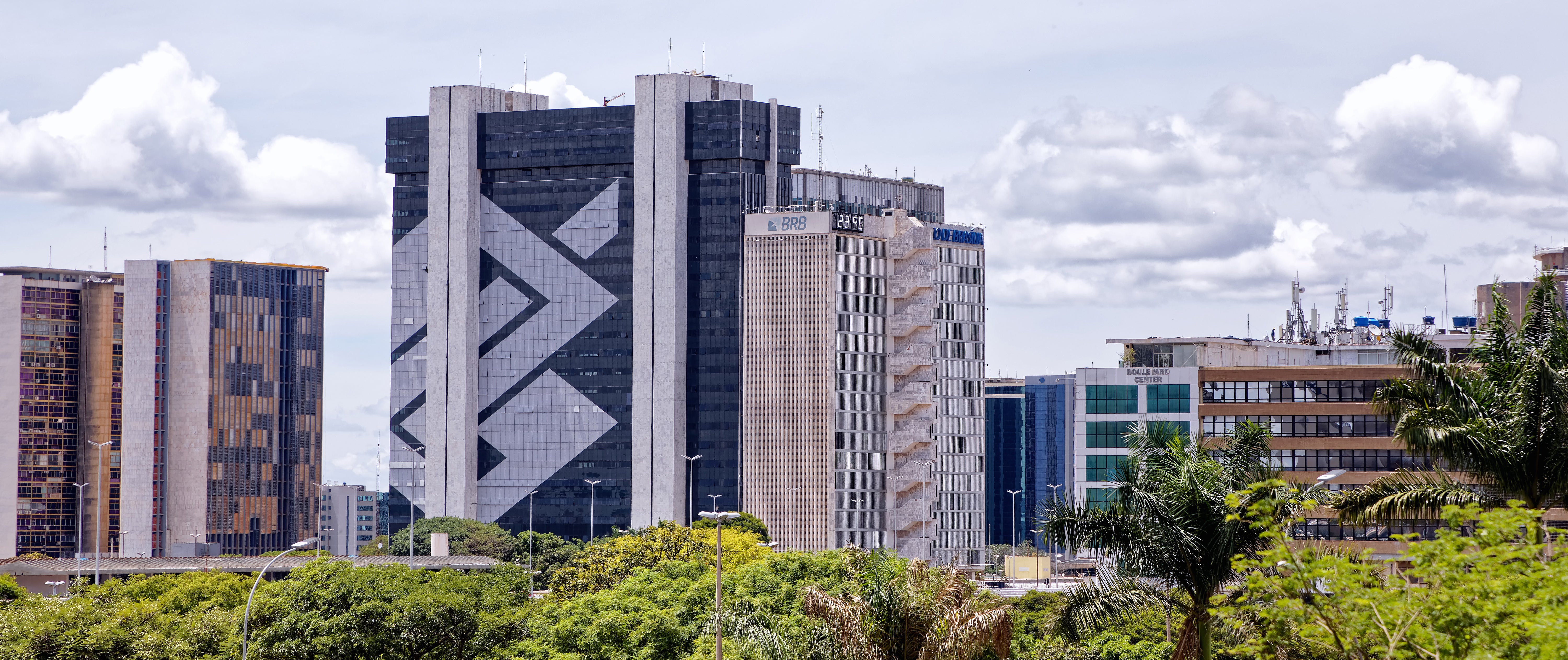 Banco do Brasil Headquarters | © shutterstock.com
Banco do Brasil Headquarters | © shutterstock.com
This blog is part of this year’s series of posts by PhD students on the job market.
There has been a recent increase in government intervention on the banking sector. Examples include a wave of governments taking over control of financial institutions during the 2008–09 financial crisis (Laeven and Valencia 2010) and recently introduced state bills—driven by the nationwide public banking movement—that allowed the establishment of public banks in the United States. Supporters of public banks argue that these banks could foster development by providing credit to socially desirable projects.
This trend revives an important prior discussion on the effects of state-owned banks on economic outcomes (La Porta et al. 2002). This discussion has two contrasting views. On the one hand, the development view argues that these banks might help to overcome financial market failures (Stiglitz 1993). On the other hand, the political view of government-owned banks argues that politicians distort lending to achieve political goals (Shleifer and Vishny 1994).
My job market paper adds to this discussion, shedding light on how public banks affect real and financial outcomes, exploiting a banking reform that privatized several state government–owned banks in Brazil. Overall, my evidence is more consistent with the development view of public banks and not the political view. The paper also provides evidence of sizable negative economic and financial effects at the local level despite the positive effects on banks’ profitability and financial strength after privatization.
Estimating the Effects of Government Ownership of Banks
These privatizations caused a reduction in the presence of government-owned banks, driven by the sharp decline in state banks’ local participation. During the reform, participant banks were restructured, and among them, 13 banks were privatized. I contrast the differential effects of participation in the reform by privatized and non-privatized banks, to show the local effects of public ownership of banks on the economy. I use a novel data set that includes the timing of the reform and characteristics of bank branches, including geographical location and local economic outcomes. Combining these data enables me to establish a causal link between the presence of government-owned banks and the real economy.
To estimate the effects of changes in bank ownership on lending supply, I exploit financial information on the universe of bank branches in Brazil. To analyze the real effects of these shocks, I use administrative information on the universe of formal firms at the locality level. Using bank-level data, I also estimate the effects of the measures taken during the reform process on their profitability, financial strength, and efficiency. The nature of my data makes it possible to control for time-varying factors that affect the supply of banking services at the local level, such as local demand for credit, local economic activity, and some possible differences in institutional quality. This makes it possible to isolate the effects of bank privatizations from other confounding factors.
Branch Lending Supply and Operation
Figure 1 shows that branches of privatized banks experienced a large decrease in lending supply (-45.6%) and branch operation (-20.9%), compared with banks that were not privatized. Although all the reform participant banks were similar before the reform and experienced the same good bank/bad bank approach during the restructuring, branches of state-owned banks that participated in the reform but were not privatized did not decrease the provision of credit or the probability of branch closing.
Less economically developed areas experienced a 10% higher increase in closures, compared with more developed areas. Branches in areas without the presence of the acquirer before the reform had increased closure probability of 35.9%, while in localities with the presence of the acquirer, this effect was 13.8%. This is in line with previous research that suggests that public banks have different objective functions compared with private banks (Sapienza 2004; Sanches et al. 2018). These larger results for less developed areas provide support for the development view of public banks (Stiglitz 1993). However, there is no empirical support for the political view (Shleifer and Vishny 1994), since the effects are homogeneous among localities with different levels of political attractiveness.

Local Financial and Economic Effects
Using data at the local level, I analyze the effects of such shocks on the economy (figure 2). Localities that were exposed to bank privatizations experienced a large, disproportional contraction in economic and financial outcomes . Local lending is 29% lower compared with the trend in the locality before privatization. Such lending supply reduction was followed by a contraction in employment, hours worked, and wage bill of about 6%-8% below their trends. The localities also experienced an increase in credit market concentration and a reduction in financial deepening. Firms in these localities decreased in average size, and the effects are concentrated in sectors that are more financially dependent on external finance and small and medium-size enterprises. Localities that were exposed to non-privatized banks did not respond to the reform, compared with their pre-reform trend, looking at the same economic outcomes.

Costs and Benefits
Finally, I analyze other aspects that are important when analyzing bank privatizations. I estimate the effects of the reform on banks’ profitability, financial stability, and efficiency. Privatized banks experienced a sharp relative increase in returns on assets after privatization (7%). My results also suggest that after privatization, these banks increased their financial stability, solvency, and liquidity, and decreased non-performing lending. Therefore, the reform benefitted the central government’s finances and the banking sector’s financial stability at the expense of negative effects on the local economy. My paper presents for the first time the trade-off between the possible benefits of public banks for the real economy and the possible costs of these banks.
Lucas Argentieri Mariani (@lucasmariani89) is an Economics PhD student at the University of North Carolina at Chapel Hill (Personal Website).


Join the Conversation